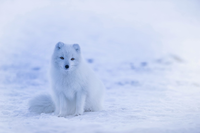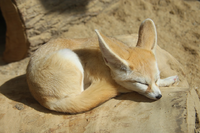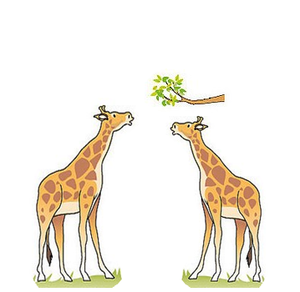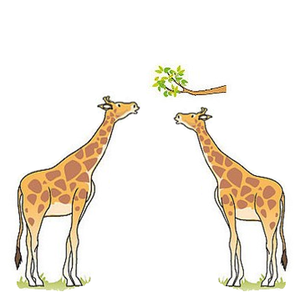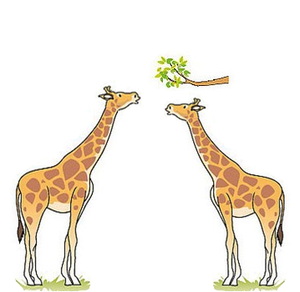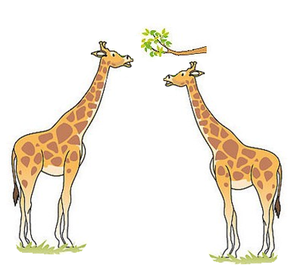Key Stage 2
Meaning
Evolution means a change over time. All species on earth evolve.
- Singular Noun: Evolution
- Plural Noun: Evolution
- Verb: To evolve
- Adjective: Evolved
About Evolution
- The different types of creatures we see today looked different millions of years ago. The creatures have evolved.
- A single animal or plant does not evolve. A whole population evolves over many generations.
- Evolution can be shown by looking at fossils of creatures that lived millions of years ago.
Examples
|
|
| The giraffe used to have a short neck. Over many generations the population of giraffes had longer and longer necks.
|
Key Stage 3
Meaning
Evolution by natural selection is the process by which new species are formed over thousands of generations.
About Evolution by Natural Selection
- Evolution is caused by two important factors; variation and heredity.
- A species will have variation between organisms in the population. This means they will all be slightly different.
- Some variations are hereditary which means they are passed on from parent to offspring.
- If a heritable variation gives a member of the species an advantage over the others in its environment, then it is more likely to survive and reproduce. This is natural selection where some variations cause organisms to die while other variations cause organisms to have more offspring.
The long neck on a giraffe evolved by natural selection.
|
|
|
| Millions of years ago all Giraffes had short necks. Variation meant some Giraffes were a little bit taller than others. Those Giraffes could get to the higher leaves in trees. This meant they could eat more. The shorter Giraffes couldn't get enough food and died. So the taller Giraffes survived and their offspring inherited their slightly longer necks.
|
After a few generations all the giraffes had slightly longer necks, but because of variation some had even longer necks still. This meant they they were more likely to get food, survive and have children than the shorter giraffes. So their offspring inherited these even longer necks.
|
|
|
|
| This process of evolution repeated again and again.
|
Millions of years later, after many generations, eventually all the Giraffe had very long necks.
|
Evolution of the human skull
|
|
| This picture shows a series of human skulls starting on the left with a skull from 20 million years ago through to a modern human skull.
|

